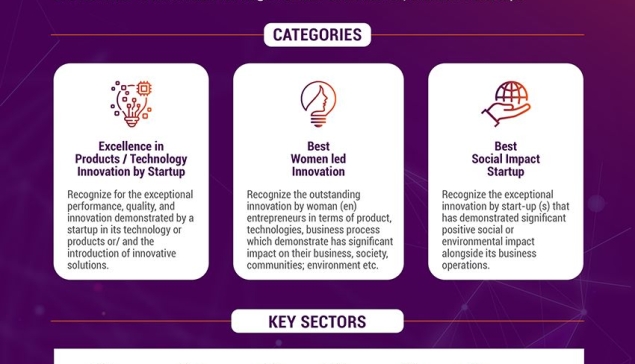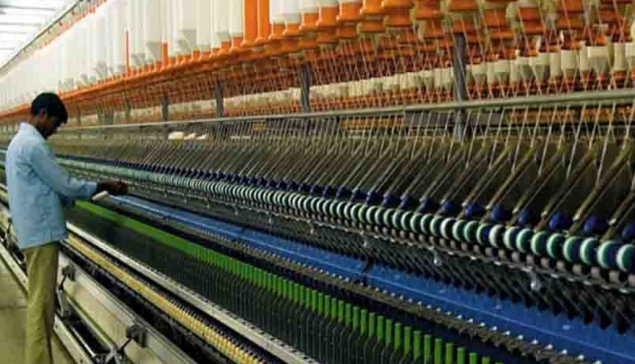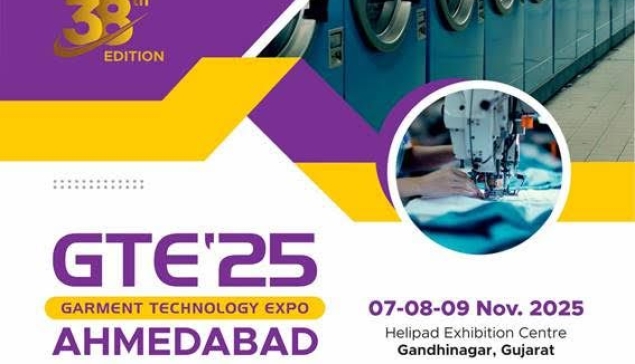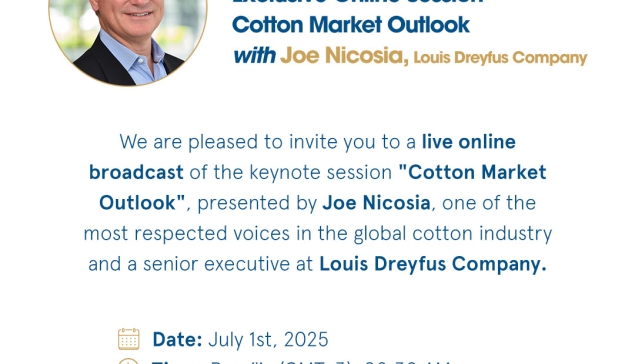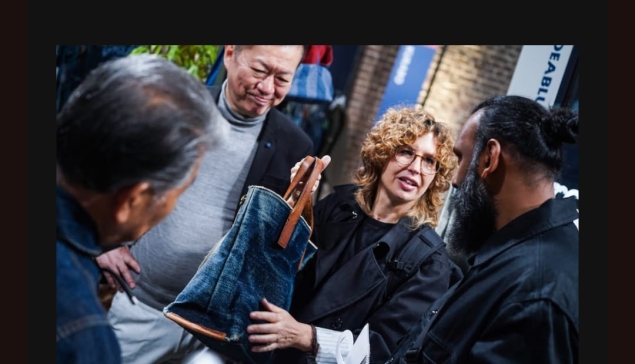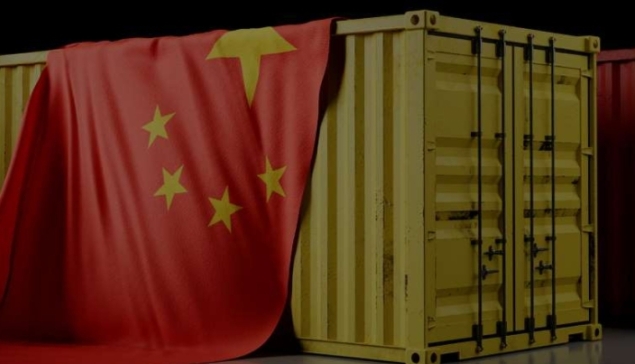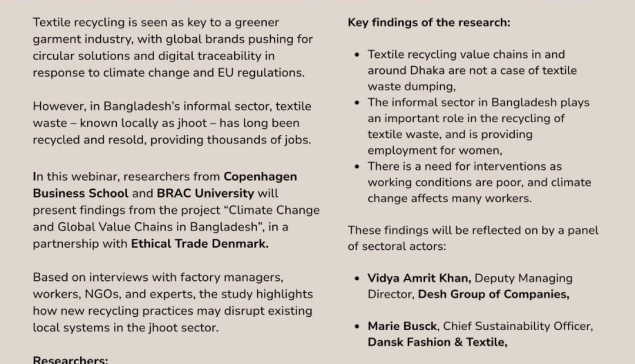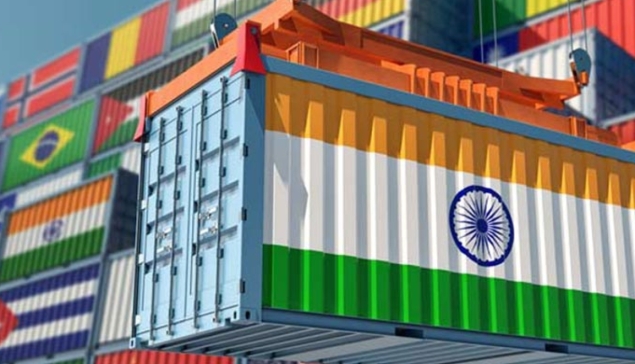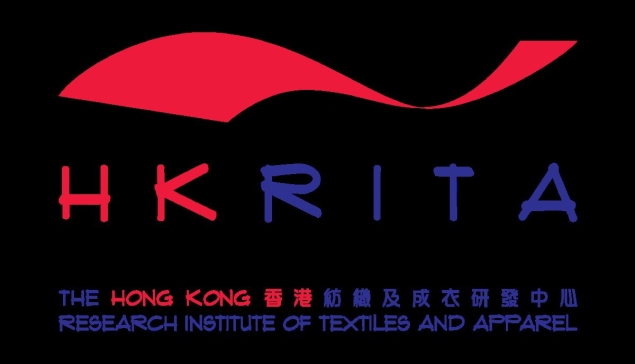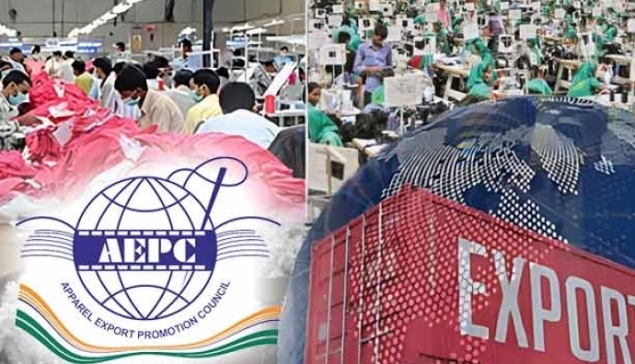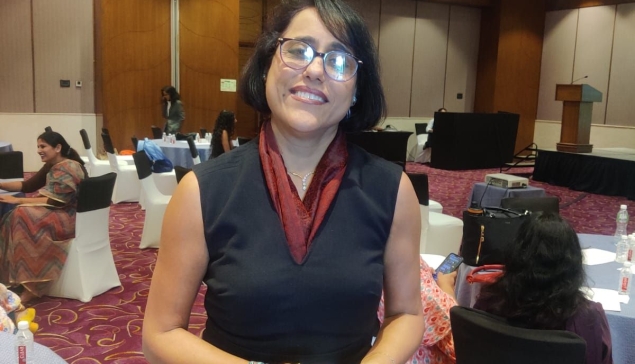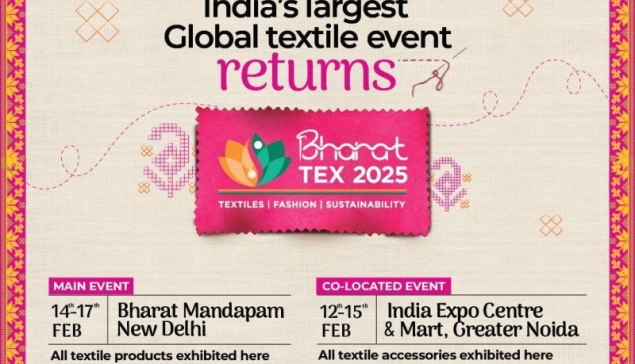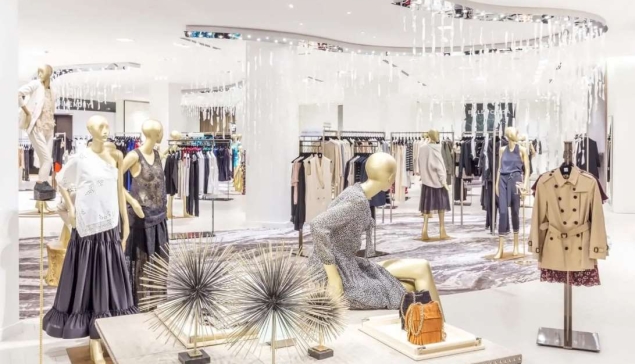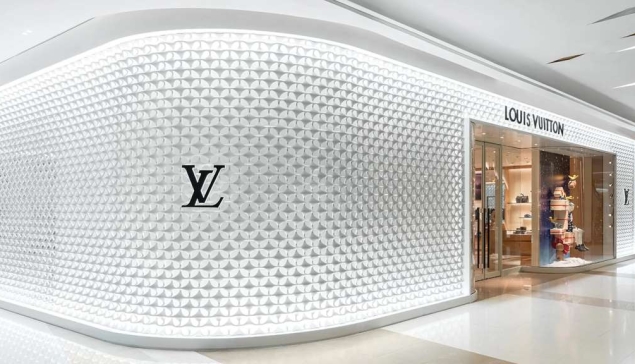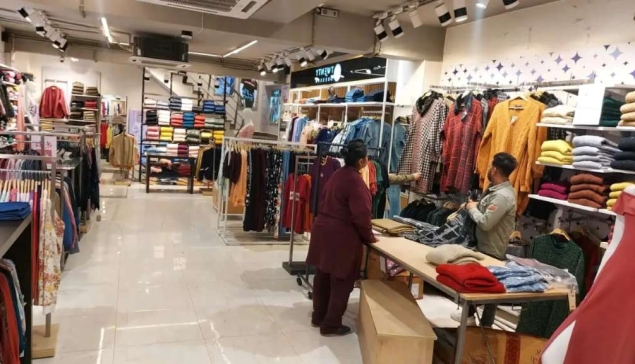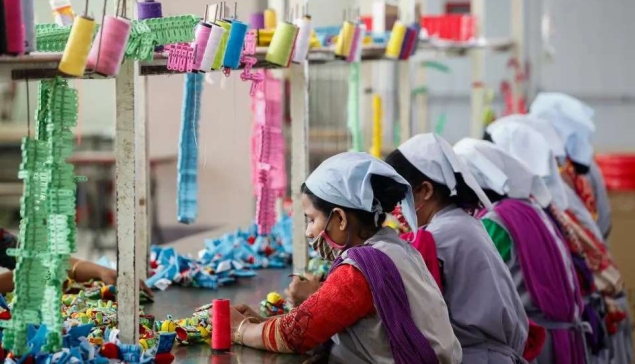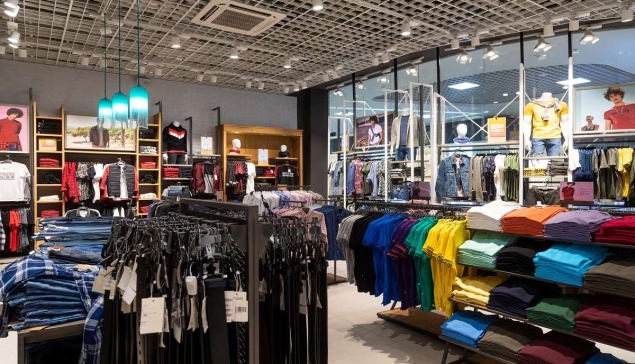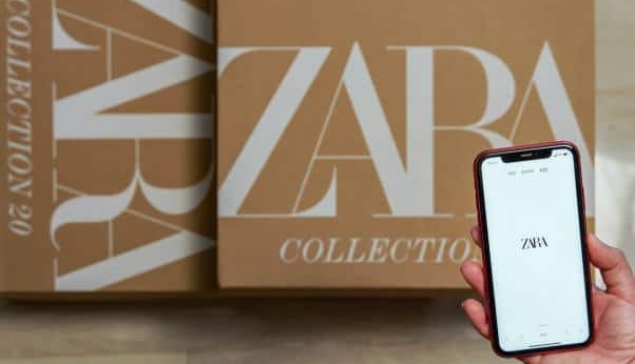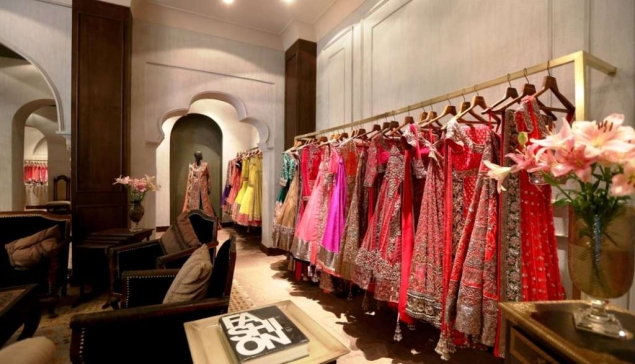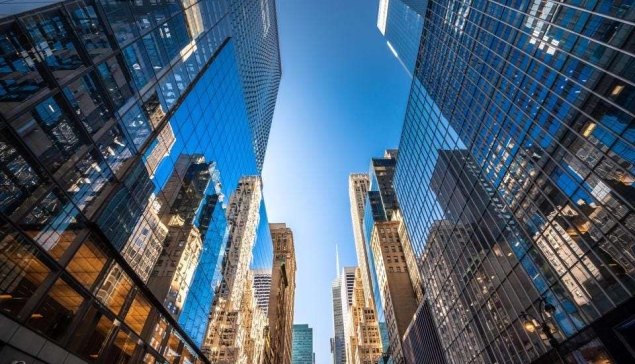Visual merchandisers present, arrange, and display goods in shops and storefront windows, which are essential locations where buyers may view, choose, and purchase goods.
Lifestyle
India's retail sector, once buoyed by a surge in revenge spending, is now experiencing a slowdown. The initial spike in purchases across various categories,
Overflowing landfills, choked with mountains of discarded clothing – a testament to the throwaway culture of fast fashion – are driving a consumer revolution.
Fast fashion is fading. Today's consumers crave transparency and sustainability. Blockchain, the tech disruptor, is here to empower your wardrobe choices.
India's textile industry has set an ambitious target of reaching $100 billion in exports by 2030, with apparel contributing a significant $40 billion.
India's apparel market is booming, reaching a projected $190 billion by 2025. However, traditional stores are struggling as consumers flock online. This shift demands a retail revolution.
Fast-fashion giant Zara is hoping to replicate its Chinese live shopping success in the West. While wildly popular in China, this trend presents a unique challenge - Western consumers have vastly different online shopping habits.
Despite the rise in online shopping, physical stores remain the top choice for buying clothes in India, according to a LocalCircles survey of over 35,000 consumers.
India's yoga apparel market is poised for significant growth, mirroring the nation's growing emphasis on well-being and a thriving fitness scene.
India's online shopping scene is undergoing a dramatic shift. Once dominated by major cities, a new wave of shoppers from smaller towns (Tier II, III, and IV) is taking the stage.
India's retail sector is experiencing a meteoric rise, fueled by a booming economy and a burgeoning middle class. This translates to skyrocketing consumer spending,
A fascinating trend is emerging in India's pilgrimage destinations – a retail boom is accompanying the surge in religious tourism. According to a new report by CBRE,

